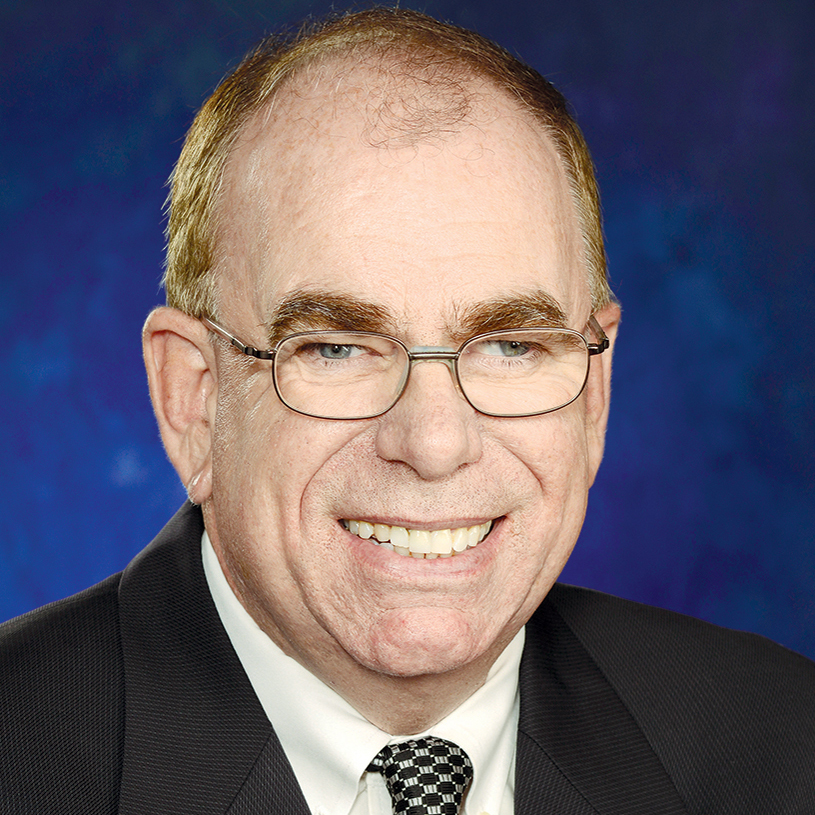
There are quite a few reasons why this week’s Senior Care Sales & Marketing Summit attracted an overflow crowd.
One is location. Simply put, the Green Valley Resort on the edge of Las Vegas serves up an absolutely stunning venue.
Another is the purpose of the event: To help sales and marketing professionals do a better job of attracting and keeping residents.
But the most important factor might be this: 87.8%.
That is the second-quarter senior housing (independent living and assisted living combined) occupancy rate for the sector, according to the National Investment Center for Seniors Housing & Care. This is the lowest number NIC has recorded since 2011, and it marks a slight drop from a year ago.
So any way you slice it, this is a market that is seeing its most important metric — heads in beds — moving in the wrong direction. And when occupancy goes down, sales and marketing professionals usually are among the first to get pulled into meetings that are uncomfortable or worse.
By the way, declining or otherwise unsatisfying occupancy often is not their fault. Other factors can and frequently do lend an unhelping hand.
They include massive new construction that even rising demand can’t match, as well as growing concerns about a possible economic downturn in the near term (which is doing little to convince would-be residents and their families that now is a good time to shell out $5,000 a month or more for a new address).
Then there’s this: Some of the business models and execution we’re seeing leaves more than a bit to be desired. Disagree with this last point all you want. But let’s continue the conversation after the next actual economic downturn reveals those who have been swimming naked.
Regardless, sales and marketing pros are like baseball managers on a struggling team. They walk the plank because it’s fast, it’s easy and often lets others with more clout and culpability off the hook.
So come to SMASH these sales and marketing pros did. And the summit, according to numerous attendees I spoke with, did not disappoint. The three-day event was chock full of sessions and discussions targeting both evergreen and emerging occupancy-related matters.
To be sure, those who attended left with new tools and perspective. They certainly will have an edge over competitors who missed out.
But as to whether applied lessons and insights ultimately will get the occupancy needle moving in the right direction? Well, it can’t hurt.
But let’s not forget that far larger forces remain in play.

